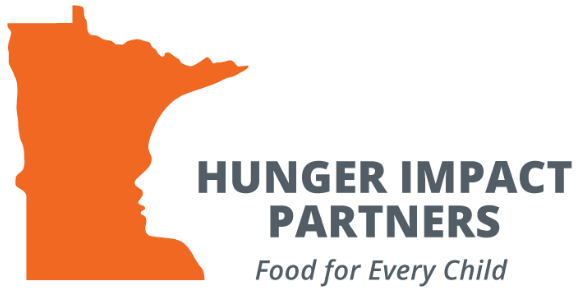Program for Women, Infants & Children
WIC
Hunger Impact Partners works to inform mothers, parents and guardians about the WIC program, which can improve the health and nutrition of low income children up to age 5.
We also work with those who serve WIC populations in rural and urban areas.
Participation in WIC:
- Saves an enormous sum in medical costs.
- Reduces childhood mortality.
As you can see, significant benefits arise from our goal to improve the health and nutritional well-being of low-income women and their at-risk infants and children.
Through outreach and expanding partnerships we:
- Increase WIC enrollment.
- Increase retention of pregnant women, new mothers, and eligible children up to age 5.
- Increase redemption of WIC benefits.
WIC facts
Although Minnesota ranks fourth in the nation for participation in WIC, the USDA in 2022 found that we can do better, as 65.7 percent of 158,400 eligible state participants are enrolled.
The charts below show the WIC participation gap statewide and gaps that exist in target counties in 2024.


FURTHER CONSIDERATIONS
Iron deficiencies
Poor nutrition can cause low hemoglobin in pregnant women, which contributes to low birth weight and iron deficiencies. That can lead to anemia in children during their early development.
Languages
The Minnesota Department of Education identifies 346 languages in children’s homes. Minnesota WIC provided interpreters for 26 languages for 18,475 participants.
Commuting, broadband
At least a third of the workforce spends 30 minutes or longer traveling to work in counties where we partner. In Chisago and Isanti counties, for example, 53 percent of the workforce spent 30 minutes or longer traveling to work.
At home, those in the urban centers of Chisago, Isanti, Kanabec, Mille Lacs, and Pine counties are served by broadband. But those counties’ rural areas lack this technology, and these populations have some of the highest poverty rates in the state.
Sources:
WIC Coverage by State and Participant Category, 2021. Retrieved 06/17/2024 from: https://www.fns.usda.gov/research/wic/eligibility-and-program-reach-estimates-2021#figure5
MN WIC Facts 2024. Retrieved 06/17/2024 from: https://www.health.state.mn.us/docs/people/wic/localagency/reports/pptndemo/wicfacts/0324.pdf
